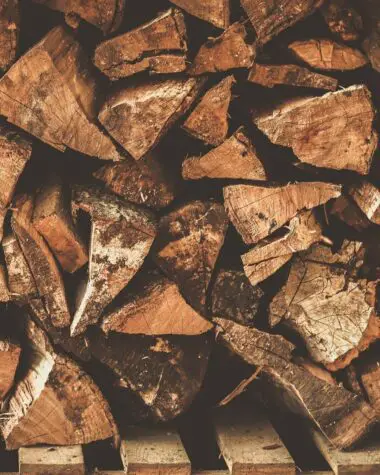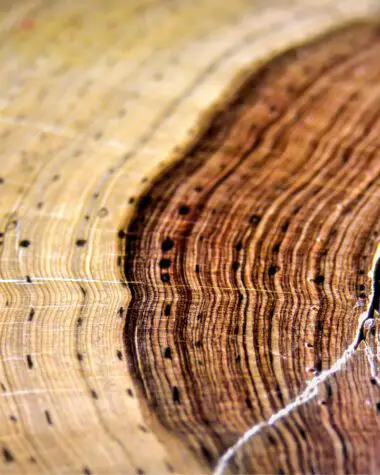The term “pinisi” has a two-fold meaning as it also refers to the traditional ships and not solely to the ancient craft of constructing these indigenous vessels. Interestingly, Indonesia’s rich culture and tradition make this traditional ship more meaningful.
Thus, its twofold meaning is transformed into three-fold. To give light to its other distinctive features, join us on the voyage of exploration to the rich culture of South Sulawesi and its indigenous boat, the pinisi.
Did You Know?
Pinisi was traditionally built in South Sulawesi, which is the eleventh largest island in the world. The island is located in Indonesia with its orchid-like shape, and was formerly known as Celebe. Meanwhile, the first settlement of South Sulawesi is dated back to 30 000 BC.
What forms the unique spirit of this incredible island is the ancient knowledge, traditions, and customs of the native people who have preserved the legacy of their ancestors despite the challenges posed by the modern-day lifestyle. Although pinisi was traditionally built in South Sulawesi, it still continues to be widely used by both the Makassarese and the Buginese when it comes to transportation, fishing, and cargo purposes.
On 28 September 2018, an earthquake and tsunami hit Sulawesi causing tragic devastations by taking away the lives of hundreds of innocent residents. While the local people are still fighting to recover from the losses and damage, their unbreakable spirit deserves nothing less but the sincere prayers and aid from all the people across the globe who are empathetic with the Sulawesi tragedy.
Brief Introduction To The History Of Pinisi
It is culturally believed that the first pinisi is rooted in the story of Sultan Baginda Omar. According to the story, Sultan Baginda Omar wanted a powerful boat equivalent to most modern western vessels. This story is the way people would explain the origin of the sailboat as cited in The Origin of the Trengganu Perahu Pinas, Journal of the Malayan Branch of the Royal Asiatic Society.
As the story goes, the first pinisi was probably by Martin Perrot, a French-German native who fled to Kuala Terengganu. He married a Malayan woman there and started working as a carpenter. One day, Sultan Baginda Omar, the King of Trengganu, asked for a ship like those built by Westerners. Martin Perrot built the two-masted sailing ship known as pinisi in accordance with the King’s request.
Following Malay traditions, this vessel became the prototype for a new class of vessels called pinas or penis, probably after the word pinnace, which since the 17th century had referred to a medium-sized, round-sterned sailing vessel.
For the building of the magnificent pinisi boats, ironwood and teak have been used for centuries. Ironwood timber is regarded as one of the strongest natural materials on the planet, while teak wood is famed for its hardiness. Meanwhile, the Buginese Iontara texts claim that pinisi were used as warships in addition to being utilized for transportation and sailing.
Digging Deeper: The Secrets Of Pinisi Boats And Its Builders
While contemporary chainsaws are increasingly being utilized in the construction of pinisi boats nowadays, the procedure is still incredibly tedious, exacting, and entirely done by hand. The careful technique is carried out by the pinisi boat builders depending on the appearance and texture of each type of wood.
Traditionally, hardly any metal bolts or nails can be used in pinisi. Instead, they can seal and fasten the pinisi using natural materials according to the boat builders’ acquired knowledge.
A large pinisi can take a whole year to be constructed, but patience is an extremely valuable part of the process. Since the knowledge regarding pinisi boat building is passed on from one generation to the next, the master boat builders skip the haste in favor of quality.
According to the Sulawesi pinisi building traditions, only five people can simultaneously get involved in the construction process. The natives believe that crowds of laborers can reduce the art value of the pinisi.
Interestingly, pinisi builders do not use any sketches or plans. However, they still manage to create vessels that withstand strong storms and waves. The basic wood material used for building the pinisi vessels is said to only become stronger when exposed to seawater.
Lastly, a special ceremony celebrates the completion of a pinisi. Then, the craftsmen await the highest of tides and rely on the largest number of hands to help launch the vessel into her voyage.
The Modern-Day Evolution Of Pinisi
More and more Pinisi began to be fitted with engines in the 1970s. However, some boats remained in the traditional masts. The sails are only utilized in favorable winds because the masts gradually get shorter due to the attached engine.
The Pinisi’s cargo capacity also rose to about 300 tons throughout the ensuing years. In Bulukumba, South Sulawesi, an extraordinarily enormous Pinisi was successfully finished in 2011. It is 50 meters long and 9 meters wide, with a remarkable tonnage estimate of 500 tons.
Nowadays, Pinisi continues to be built for international clients who desire to explore the genuine beauty of Indonesia’s islands and coral reefs from a live-aboard luxurious boat, as well as for fellow Indonesian merchants.
UNESCO and Pinisi, Art of Boatbuilding in South Sulawesi
At the 12th Session of the Unique Cultural Heritage Committee on Dec 7, 2017, the boat building art of Pinisi was inscribed on the Representative List of the Intangible Cultural Heritage of Humanity by UNESCO. In particular, Pinisi was designated as a Masterpiece of Oral and Intangible Cultural Heritage of Humanity.
To be more specific, Pinisi refers to the rig and sail of the “Sulawesi schooner” that has gradually earned global recognition. The Sulawesi schooners were mainly built by the Konjo tribe. The Konjo tribe is a sub-ethnic group of Bugis-Makassar.
The Bugis-Makassar ethnic group predominantly consists of residents at the Bulukumba regency of South Sulawesi, and hence the name of the schooners – “Sulawesi schooners.”
Embraced by mysterious magic, the millennia-long tradition of the art of Pinisi boat building has greatly evolved in the new centuries. But the foundations of the amazing craft are the same as they used to be centuries ago, evolving generations of talented boatbuilders that carry the ancient wisdom of their ancestors.
Final Thoughts
In Indonesia, there comes a mantra saying: Jadilah seperti padi, semakin berisi, semakin merunduk. This saying translates: “Be like a rice plant: the heavier it holds, the more it bows.” Literally, the meaning wants to impart the value of humility. In life, the more information you have, the better it is to be more modest than arrogant.”
Relatively, the ancient Indonesian craft of making and sailing pinisi boats is closely linked to the knowledge and centuries-old customs of the locals, who highly value modesty. This is evident in how they improved the traditional design of the superb pinisi boats by drawing design cues from European ships while maintaining the distinctiveness of their meticulous craft.
With all the learnings and facts you’ve been through in this article, it is now the time to direct your minds and emotions toward the ancient traditions that point to Universal wisdom that endures forever, much like the beauty and delight of pinisi with its power that comes from wood.








